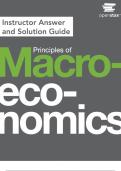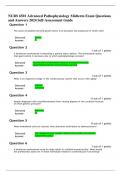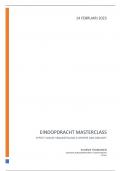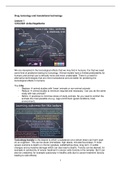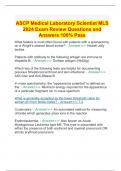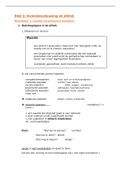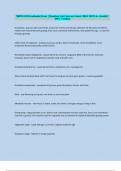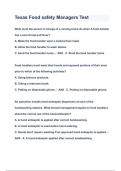Exam (elaborations)
Solutions for Principles of Macroeconomics 2nd Edition Openstax (All Chapters included)
- Course
- Institution
This pdf documents includes the instructions guide and SAG for Principles of Macroeconomics 2nd Edition...Complete Solutions Manual for Principles of Macroeconomics 2nd Edition by Openstax ; ISBN13: 9781938168253.....(Full Chapters included Chapter 1 to 21)...1.Welcome to Economics! 2.Choice in a ...
[Show more]
